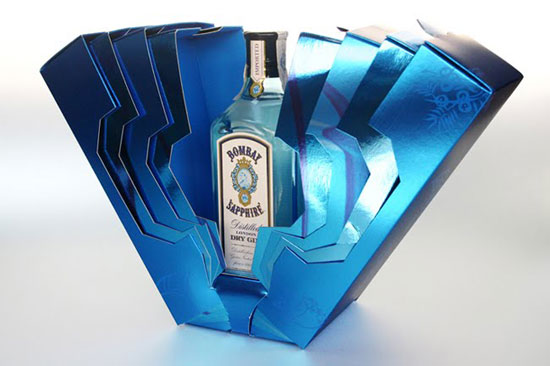Well now, I’ve been looking to get a little more involved in discussions here…..and since I personally spent many years writing and prosecuting our patent (alongside our patent lawyers in the latter stages too), this would appear to be an ideal time to jump in!

Sinjin knows what he’s talking about clearly in this field and hopefully I can compliment this with my recent direct experience.
As Sinjin suggests, the type of patent that is most strong and valuable is a ‘Utility Patent’ which covers the form of construction and which solves a real-world problem. By describing various forms of construction and various produced effects etc, the utility patent can close all the loopholes (if well written!) and can be extremely strong.
The following 3 criteria must be met to obtain a utility patent:
1) Novelty (never before made, in the entire world)
2) Inventive Step or 'Obviousness'
3) Manufacturable - can it actually be made in a physical sense / format
N.B - Nearly all patent applications fail on point 2), as there is an element of subjectivity to it (I.e does the patent office examiner believe that someone else ‘skilled in the art’ would find it ‘obvious’ to combine the existing principal elements and come up with what the applicant is proposing.
A further condition to pass the inventive step is that the end-product SOLVES A PROBLEM that exists in the world.
There is then a further very secret / unofficial criteria (which I worked out in my pitfall-research) to the patenting prosecution process, which feeds into the inventive step criteria – Does the examiner believe that your patent was conceived for the good of the world and not purely for commercial gain or monopoly? If he doesn’t, the examiner will certainly use his subjective discretion and reject the application on the grounds that it is ‘obvious’. Obviousness cannot be proved, merely argued, so if the examiner decides it is ‘obvious’, you can pack up and go home. This is why you also have to be very nice to the examiner(s)!

I’ll use our utility patent (8,777,225), which cost $40 000+ in prosecution and took 3.5 years until final grant, as an example:
Once we had established, through extensive searches, that no one had done this before anywhere in the world (novelty tick), we were able to focus on passing the Inventive Step. For step 2), we successfully argued that a problem existed in the inability to advertise on playing card front faces (where peoples focus actually is in game-play), without affecting the standard ink artwork of standard playing cards. We argued that the medium had to be transparent, so as not to impede the view of or materially change the underlying traditional playing card markings (which we argued where paramount, for card-recognition purposes, during game-play). We were able to argue that the invention was not ‘obvious’, by referencing the timeline of holographics development on security documents etc, but that is far too complicated to go into now. Anyway, I have gone on now a bit. It really takes me back (5+ years)!
In general, 99.9% of patents applied for these days are new combinations of existing technologies (the laser is a good example of a ‘pure’ invention that is in the 0.01% btw). In our case, we combined:
1) standard playing cards
2) security-type holograms and that field of tech.
Hey presto – a novel product is born.
Now coming back to the main focus of the topic – this Bocopo box:
The box clearly fails instantly at step 1). It is not novel. No need to even consider the really difficult step 2) criteria for this one.
Kevin Yu can however legally copy the design (as can I or any of you), assuming it was not patented by Durero / Bacardi. However, no one in the world may now patent a similar design themselves, even if no patent was ever granted on it. This is a key mis-understanding of most people. Once the design and the way it is constructed is in the ‘PUBLIC DOMAIN’, it can no longer ever be considered novel.
FYI - Other notable IP types:
A design patent or ‘registered design’ only protects the exact EXTERNAL appearance of a product. Add a shoelace or two and the rights are overcome. But with a utility patent, endless additional shoelaces would not overcome the patent, as the PURPOSE, USE and CONSTRUCTION of the thing is protected.
A manufacturing process patent gives only limited protection, as if someone can produce the same product by a slightly different manufacturing process, they will not infringe the patent and can therefore go ahead freely.
A trademark is not applicable at all in this context. Trademarks only protect a word or a simple image (such as a logo) but only if written / designed EXACTLY in the way shown.
Hope all that lot helps with peoples understanding of this Bocopo box topic as well as IP matters in general.
Regards






